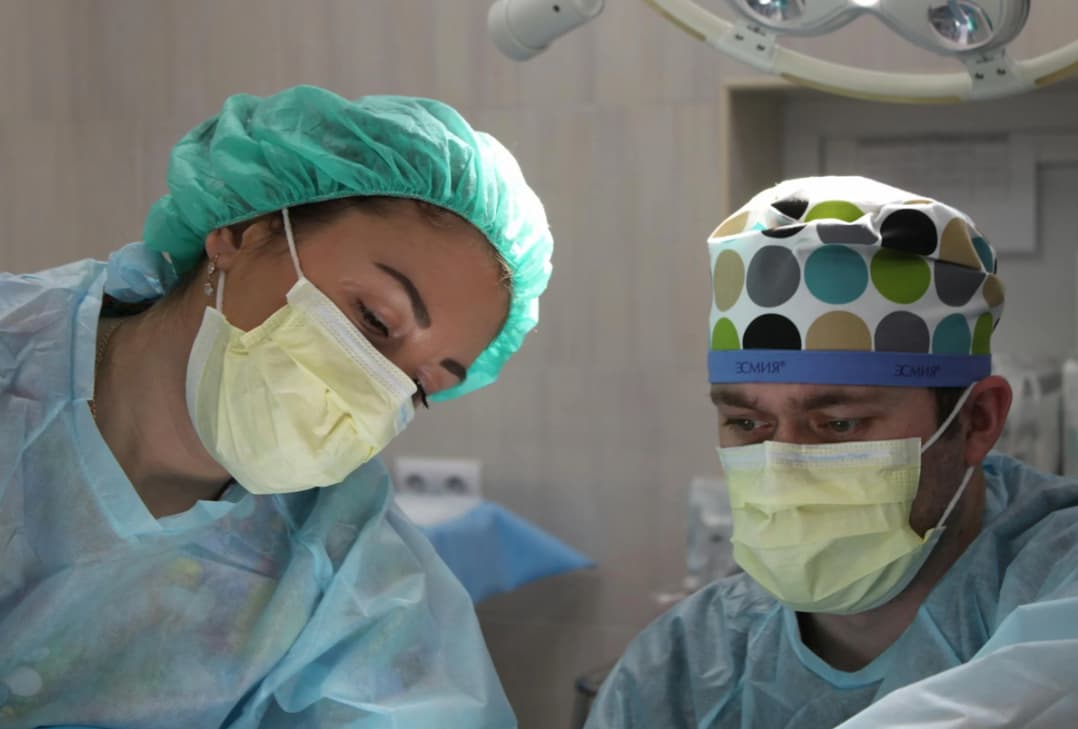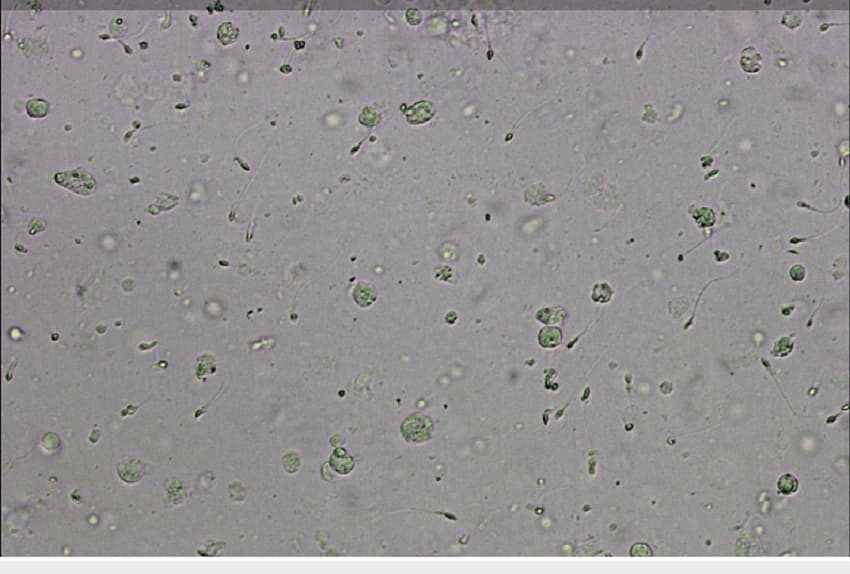Ureteral stones, or the journey of small yet impactful kidney stones through the ureters, present a formidable challenge in the realm of urological health. These stones, crystalline in nature, embark on a painful voyage from the kidneys to the bladder, often leaving a trail of discomfort and potential health complications.
This article delves into the essence of ureteral stones, shedding light on their symptoms, causes, diagnostic pathways, and the latest treatment methodologies while emphasizing prevention and long-term management strategies to mitigate recurrence and improve patient outcomes.
Comprehensive Overview
Ureteral calculi, commonly referred to as ureteral stones, are crystalline masses that originate in the kidneys and lodge in the ureters, the muscular tubes that propel urine from the kidneys to the bladder. These stones can be found in either the left or right ureter and vary in size. While smaller stones may pass unnoticed, larger ones can obstruct the flow of urine, leading to acute discomfort and potential complications.
Identifying Symptoms and Underlying Causes
The manifestation of ureteral calculi often includes sharp, fluctuating pain in the flank region, extending to the lower abdomen, coupled with dysuria, nausea, vomiting, and hematuria. The formation of these calculi is attributed to a concentration of minerals and salts in urine, which crystallizes over time. Factors such as dehydration, dietary habits, and genetic predisposition contribute to their development.
Diagnostic Approaches and Evaluations
Diagnosing ureteral calculi involves a comprehensive physical examination, urinalysis to detect signs of infection and stone-forming substances, blood tests to assess renal function and imaging techniques such as ultrasounds and CT scans. These methods ascertain the stone’s size, composition, and precise location within the ureter.
Strategies for Management and Removal
Treatment strategies are tailored based on the stone’s size and composition. Options include shock wave lithotripsy to fragment the stones, ureteroscopy for stone removal or laser fragmentation, and percutaneous nephrolithotomy for larger stones. Ureteral stents may be employed to facilitate urine flow. Medical expulsive therapy (MET) is an option for small, distal stones.
Effective Prevention Measures
Preventive measures include increased fluid intake to dilute urine, dietary adjustments to reduce intake of animal proteins, salt, and foods high in oxalates, and medication for individuals with a history of specific types of stones. Regular monitoring and lifestyle modifications play crucial roles in preventing recurrence.
Prognosis and Quality of Life Enhancements
With timely diagnosis and appropriate treatment, individuals with ureteral calculi can expect a favorable prognosis. However, the likelihood of recurrence exists, necessitating ongoing preventive measures. Effective management and lifestyle adjustments can significantly improve the quality of life and reduce the risk of future stone formation.
Key Insights on Ureteral Stones
Symptom Recognition:
- Intermittent, severe flank pain radiating to the lower abdomen;
- Dysuria, nausea, and vomiting;
- Hematuria and cloudy urine appearance.
Causative Factors:
- Dehydration and high mineral concentration in urine;
- Dietary habits contributing to mineral buildup;
- Genetic predisposition and underlying health conditions.
Diagnostic Measures:
- Comprehensive physical examinations and urinalysis;
- Blood tests for renal function assessment;
- Ultrasound and CT scans for precise stone identification.
Treatment Options:
- Shock wave lithotripsy for stone fragmentation;
- Ureteroscopy with or without laser treatment;
- Percutaneous nephrolithotomy for large stones;
- Use of ureteral stents to ensure urine flow;
- Medical expulsive therapy for smaller stones.
Preventive Strategies:
- Increased fluid intake for urine dilution;
- Dietary adjustments to lower animal protein and salt intake;
- Regular monitoring and lifestyle modifications.
Innovations in Ureteral Stone Diagnosis
Recent advancements in medical imaging and diagnostics have revolutionized the identification and evaluation of ureteral stones, ensuring more accurate and less invasive methods. Modern diagnostic tools such as Dual-energy Computed Tomography (DECT) offer unparalleled precision in distinguishing between types of stone compositions, enabling tailored treatment plans. Additionally, innovations in ultrasound technology provide a safer alternative for pregnant women and young patients, minimizing radiation exposure. The integration of artificial intelligence and machine learning in imaging analysis promises further enhancements in the detection and monitoring of ureteral stones, potentially predicting patient outcomes and optimizing treatment pathways.
These technological advancements not only improve the accuracy of ureteral stone diagnosis but also contribute to a more patient-centered approach, reducing the anxiety and discomfort associated with traditional diagnostic procedures.
Holistic Management Approaches for Ureteral Stone Patients
The management of ureteral stones is evolving from solely focusing on the physical removal or disintegration of stones to incorporating holistic approaches that address the overall well-being of patients. This includes dietary management, emphasizing hydration, and the moderation of foods high in oxalates, calcium, and purines.
Nutritional counseling plays a crucial role, in guiding patients towards a balanced diet that can help prevent the formation of new stones. Moreover, the importance of mental health cannot be overstressed, as the pain and stress associated with ureteral stones can significantly impact a patient’s psychological state. Mindfulness, stress management techniques, and support groups are becoming integral components of comprehensive care plans.
Physical therapy and personalized exercise programs also contribute to patient recovery by improving overall health and reducing the risk of future stones. This holistic approach not only aids in the immediate management of ureteral stones but also promotes long-term health and prevention, aligning with the goals of modern patient-centered healthcare.
Conclusion
Navigating the complex landscape of ureteral stones demands a multifaceted approach, combining acute symptom management with strategic preventive measures. By understanding the symptoms and underlying causes, patients and healthcare providers can collaborate effectively to diagnose and treat ureteral stones. Embracing lifestyle changes and preventive strategies is paramount to reducing the risk of recurrence, ultimately leading to enhanced quality of life and urological health. Through education, awareness, and advanced treatment options, overcoming the challenge of ureteral stones is within reach, signifying a beacon of hope for those affected.



